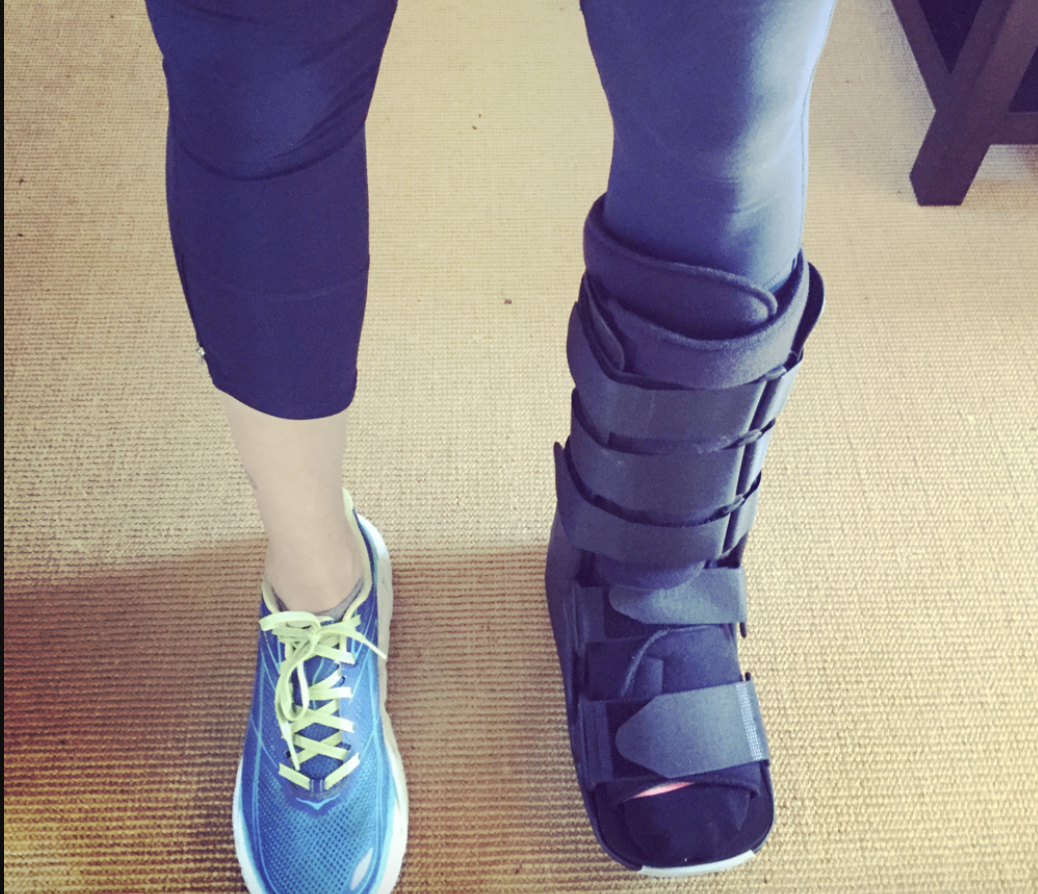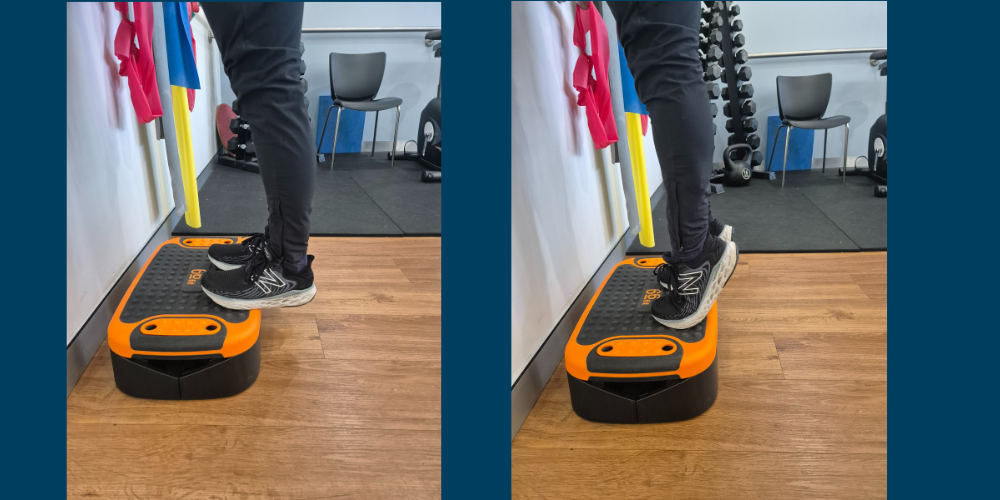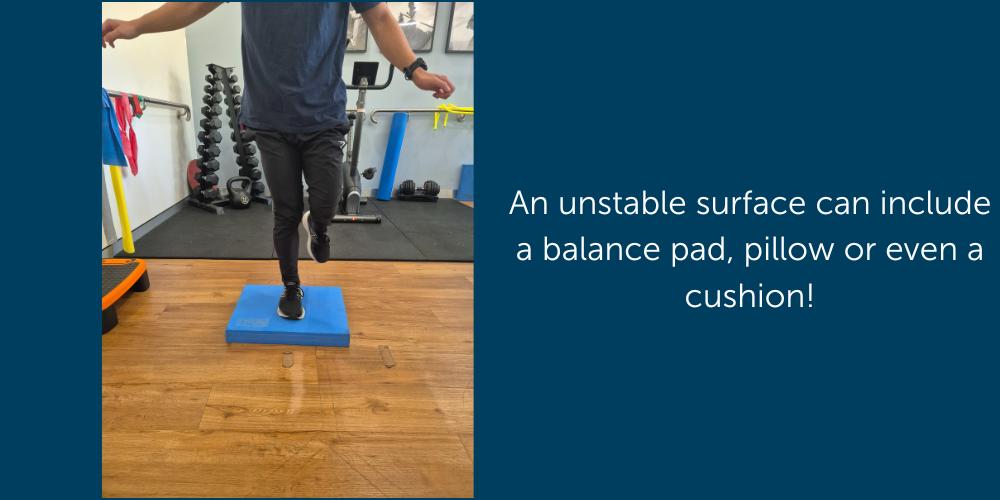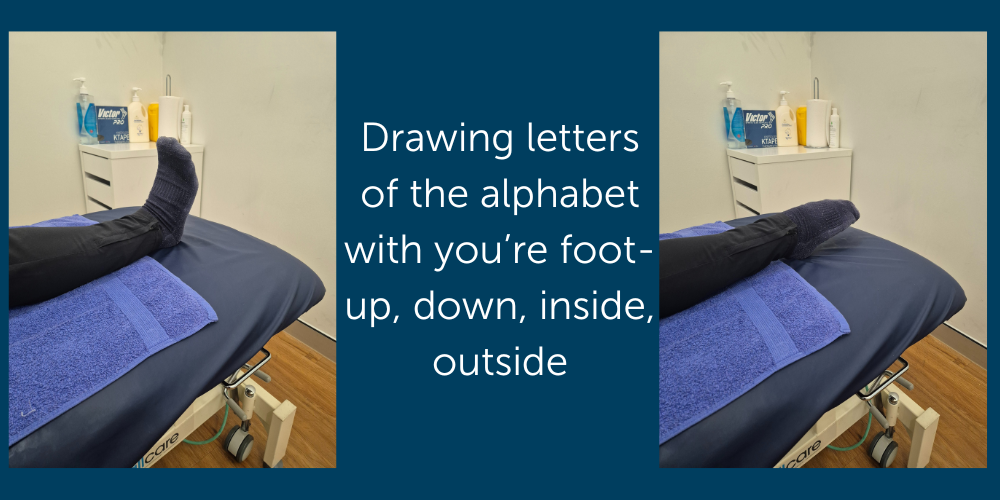Your Guide to Managing Foot Stress Fractures
Friday, April 12, 2024
What are foot stress fractures?
Foot stress fractures are tiny small cracks/breaks in the bones of the foot typically caused by repetitive stress or overuse. In the foot, it is commonly the metatarsal bones (long bones in the midfoot).What are the causes?
1. Engaging in overuse of repetitive activities such as jumping and running without appropriate rest2. Rapidly increasing the intensity, duration or frequency of activities too suddenly
3. Poor footwear with inadequate cushioning can increase the risk due to excessive impact
4. Nutritional deficiencies such as calcium and vitamin D can weaken bones
5. History of osteoporosis
How do they normally present?
Commonly include:
- Point tenderness and swelling over the affected area
- Difficulty bearing weight or walking normally
- Increased pain during physical activity, especially on hard surfaces
However, have a Health Professional assess appropriately as signs and symptoms may differ depending on location and severity.
When I need to seek medical advice?
X-rays, CTs and MRI remain the recommended scans performed in addition to the physical examination if a stress fracture condition is indicated.
How long should I expect treatment to last?
Stress fractures of the foot can be tricky to manage at times, however, with the right guidance and progression, symptoms will usually resolve anywhere from 6-12 weeks. It is important to remember that these symptoms may last longer for people and to make sure that before progression to the next stage of rehab, that adequate time for healing has been adhered to. Your physiotherapist will help to navigate when to progress as such.
How do we treat a foot stress fracture?
Treatment of a foot stress fracture can be tricky, however, a guided combination of appropriate rest, immobilisation, pain management and gradual return to activity is used.
Rest
Temporary cessation or modification of weight-bearing activities for commonly up to 6 weeks to allow the bones to heal
Immobilisation
Walking boots/casts/crutches may be used depending on the injury
Manual therapy
Hands-on techniques such as massage, joint mobilisations, and soft tissue mobilisation can help reduce pain, improve tissue mobility, and enhance circulation to promote healing.
Pain Management
Pain management through non-steroidal anti-inflammatory drugs (NSAIDs), ice therapy, and other pain-relieving modalities may be recommended to alleviate discomfort and inflammation
Gradual return to activity
A structured rehabilitation program to improve strength and flexibility but also reduce the chances of future recurrences.
Therapeutic Exercises
Targeted exercises such as range of motion of the foot/ankle, strengthening of the intrinsic foot muscles and gait analysis play a crucial role in rehabilitating stress fractures

Types of exercises prescribed
Exercise prescribed are individualised for each patient and their symptoms. However, general exercises may include:1. Calf Raises:
Stand with your feet hip-width apart, holding onto a sturdy surface for balance if needed. Slowly raise your heels off the ground as high as possible, then lower them back down.
2. Balance exercises:
Such as single leg balance on an unstable surface: Stand near a sturdy surface for support if needed. Shift your weight onto your affected foot and lift your unaffected foot off the ground.

3. Ankle alphabets:
Sit on a chair with your feet elevated off the ground. Pretend your big toe is a pencil and write the alphabet in the air with your big toe, moving only your ankle joint.

If you suspect a foot stress fracture, don't hesitate to seek professional medical advice for an accurate diagnosis and personalised treatment plan.
Conclusion
Foot stress fractures can sideline even the most dedicated athletes, but with proper awareness, prevention, and treatment, you can minimise the impact on your lifestyle. By listening to your body, prioritizing bone health, and adopting smart training practices, you can keep your feet strong and resilient, allowing you to enjoy your favourite activities.

